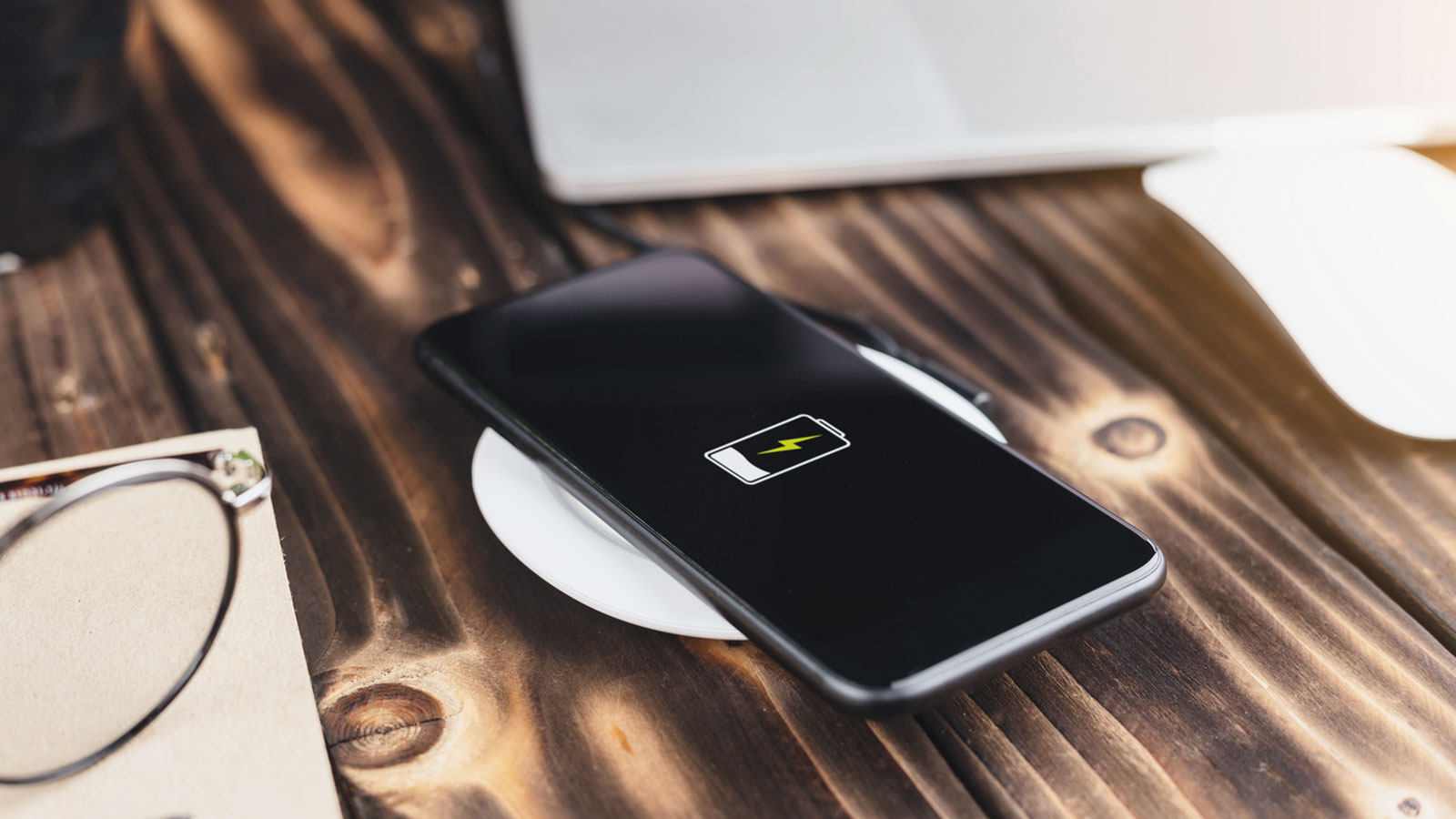The mobile phone market has been leading the way when it comes to the adoption of new technologies and ideas. Occasionally it succeeds, while at other times it fails miserably. While I fear that wireless payments via your smartphone, known as NFC, will have little success in replacing a debit or charge card, I believe that wireless cell phone charging will have a significant impact this season. If you want to know the benefits of an unseen phone charger then you may search online.

Image Source: Google
There are many reasons for my thinking and there must also be the advantages. For starters, mobile phone products should be applauded for jumping on board with regular Qi. For us, this means that the technology will be the same and interchangeable between phone manufacturers and their charging dock providers.
Inductive charging is a type of wireless power transfer. It uses electromagnetic induction to provide electricity to portable devices. The most common application is the Qi wireless charging standard for smartphones, smartwatches and tablets.
So how can wireless charging work?
Fortunately, we don't have to get too involved in understanding the procedure. The wireless charging pad carries a typical electrical current and moves it through an induction coil that converts the energy into an electromagnetic field.
The cell phone then does the opposite. An induction coil picks up the energy from the electromagnetic field and transforms it through the induction coil into an electrical current that then protects the cell phone.